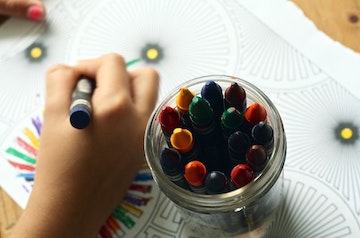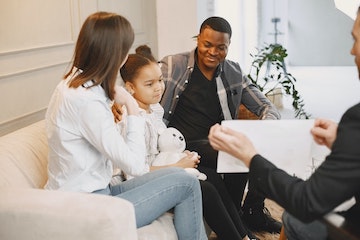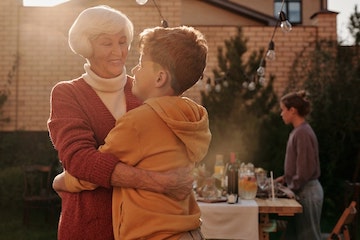Written by guest blogger: Ravindra Balas
What is Children Psychotherapy All About?
It’s not likely that therapy with a child is a short-term process. It is a lengthy investigation. Psychotherapy for children is a kind of mental treatment that consists of therapeutic discussions and interactions between a therapist and a child. This may be done individually or as a family. It has the potential to assist children and families in comprehending and resolving issues, modifying behavior, and making beneficial adjustments in their life. There are many distinct forms of psychotherapy, each of which involves a unique combination of strategies, procedures, and interventions. It’s possible that using many methods of psychotherapy at the same time might be beneficial. It is possible that medicine and talk therapy, when used together, may be more beneficial than either one used alone.
Counseling is one of the most widespread practices within the field of psychotherapy. People often seek counseling as a kind of psychotherapy since it assists them in working through their difficulties and issues. It is possible to carry it out either one-on-one with a therapist or in a group environment.
When treating children who are having challenges connected to their emotions and behaviors, many sorts of Psychotherapy for Children procedures are used. A single kid, a small or large number of youngsters, a whole family, or more than one family can participate in psychotherapy. Let’s explore some different types of Psychotherapy.
5 Psychotherapy Techniques for Children

#1 Therapeutic Art or Child Art Psychotherapy
The purpose of art therapy is to use artistic expression as a means of working through concerns or difficulties while also participating in self-expression. During this sort of treatment, therapists work with children to help them obtain personal insight via the medium of their art and create new coping abilities.

#2 Counseling for Families / Talk Therapy
Family therapy is a kind of talk therapy that aims to enhance communication and conflict resolution within families so that problems may be resolved more easily. It is an efficient method for assisting children and adolescents in acquiring the skills necessary to learn how to control their emotions, communicate successfully with their parents, and create good relationships with their siblings.

#3 Play Therapy
The child is guided through the process of recognizing, naming, and verbalizing their emotions with the use of toys, blocks, dolls, puppets, drawings, and games. The psychotherapist will watch how the kid interacts with play-things to recognize recurring themes or patterns that may shed light on the child’s difficulties. The kid gets the chance to better understand and regulate their issues, emotions, and behavior via the mix of discourse and play.

#4 Interpersonal Psychotherapy (IPT)
The symptoms of depression that appear in a child are often the primary focus of treatment during interpersonal psychotherapy, it is also known as IPT. IPT is a kind of therapy that, as its name suggests, focuses on enhancing the quality of your interpersonal connections and increasing your social skills to reduce your level of suffering.

#5 Supportive Therapy / Supportive Psychotherapy
Supportive therapy is one in which the therapist creates a space for the child, in which they are free to explore, communicate, and process their thoughts, emotions, and experiences. In this kind of therapy, children are typically guided through the processing of their ideas and emotions via the use of creative activities. The therapist may also provide comments and recommendations about how the client’s ideas might be implemented into the client’s everyday life.
Finding the Best Psychotherapy for Children
When seeking treatment, one of the most critical steps is to find an appropriate Psychotherapy for Childen. There are a wide variety of approaches to psychotherapy, and it may be challenging to choose the one that is most appropriate for you. It is essential that your child feels at ease with the therapist and that they are honest and direct about the problems you have had.
When therapy is tailored to meet the requirements of the individual child and their family, it is most likely to be successful. The first thing you should do is consult with your child’s primary care physician. Sometimes, health issues such as difficulties sleeping, difficulty breathing, poor eyesight, difficulty hearing, or learning challenges may create behavioral or emotional symptoms, or make them worse. Other times, these health issues might make learning problems worse. Before recommending your child to therapy, the healthcare practitioner who cares for your child may first want to determine whether or not your child has any health concerns.

